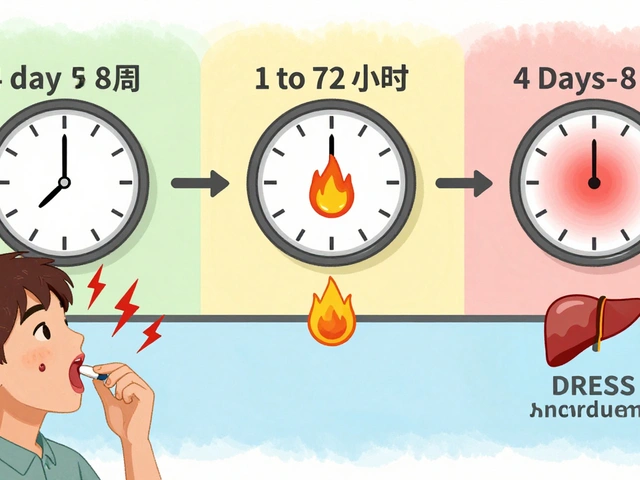Natural Hair Growth: Simple, Safe Steps That Work
Want thicker, healthier hair without falling for fads? Natural hair growth starts with small, practical habits you can keep. You don’t need exotic routines—focus on scalp health, nutrition, gentle styling, and smart product choices. Below are clear, usable steps you can start today.
Daily habits that actually help
Massage your scalp for 2–5 minutes every day. That boosts blood flow and helps follicles stay active. Use light pressure with your fingertips; no nails. Try this during shampooing or while applying an oil.
Keep your diet honest: protein, iron, zinc, vitamin D, and omega‑3s matter. If you eat little meat or dairy, add beans, eggs, fatty fish, or a simple supplement after talking with your doctor. Low iron or thyroid problems often show up as thinning—get basic blood tests if you notice big changes.
Use oils that suit your scalp. Lightweight plant oils like babassu can moisturize without heavy buildup, and aromatic oils such as cananga are used traditionally for scalp care. Warm a small amount, rub it into the scalp, leave 30–60 minutes, then shampoo. Don’t overdo it—twice a week is enough for most people.
Be gentle when hair is wet. Wet hair stretches and breaks easily. Pat dry with a soft towel or T‑shirt and avoid rough rubbing. Comb with a wide‑tooth comb starting at the ends and working up slowly.
Routine tweaks, styling, and when to see help
Limit heat styling. If you must use heat, set tools to medium or low and use a heat protectant. Tight ponytails, braids, and constant pulling cause traction loss—looser styles reduce risk.
Trim split ends every 8–12 weeks. Trimming doesn’t make hair grow faster from the root, but it prevents breakage so your hair looks longer and fuller over time.
Think twice about harsh chemicals. Frequent bleaching, strong relaxers, and some high‑alcohol products weaken strands. If you use chemical treatments, space them out and follow with deep conditioning.
Watch for red flags: sudden, widespread shedding, circular bald patches, or itching and redness need a doctor’s check. Conditions like androgenetic alopecia, alopecia areata, or scalp infections require targeted treatment that natural methods won’t fix alone.
Buying products online? Pick reputable sellers and read ingredient lists. Safe‑Pills covers how to vet online pharmacies and stores—look for clear contact info, reviews, and professional oversight. If you’re considering supplements or prescription meds for hair loss, check with a clinician first.
Start simple: improve your diet, treat the scalp kindly, protect hair from heat and tension, and use lightweight oils like babassu for moisture. Small consistent actions beat dramatic, one‑time fixes every time. If progress stalls or symptoms worsen, see a healthcare provider who can run basic tests and recommend proven treatments.

Top 9 Alternatives to Propecia for Hair Loss
Exploring alternatives to Propecia can offer hope for those looking to combat hair loss. This article evaluates nine options, from natural supplements like pumpkin seed oil to medications like Minoxidil. Each alternative is explained, along with its advantages and drawbacks, to help you make an informed decision in hair care.
View More




